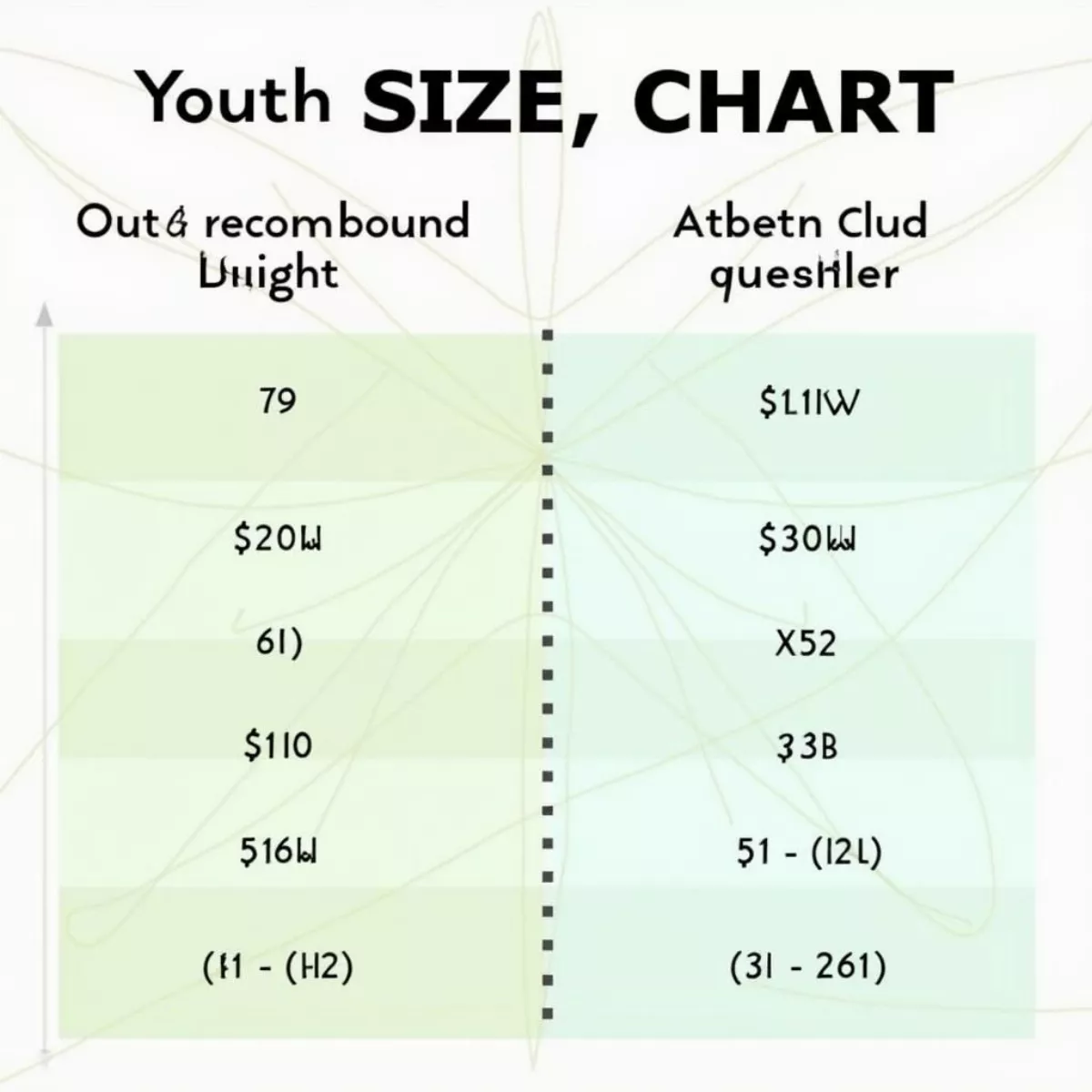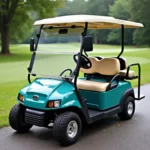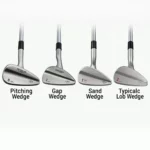Golf is a sport that can be enjoyed by people of all ages, including youth. As kids grow, their physical abilities and skill levels change, making it crucial to size their golf clubs appropriately. Having properly sized clubs can enhance their performance, boost confidence, and ensure they have fun on the course. This guide will walk you through how to size golf clubs for youth to ensure they have the best possible experience while playing the game.
Why Size Matters in Youth Golf Clubs
When it comes to youth golf clubs, proper sizing is essential for various reasons:
- Performance: Clubs that are the right length and weight allow young golfers to hit the ball more accurately and with greater power.
- Physical Comfort: Clubs that are too long or heavy can lead to poor swing mechanics and frustration.
- Skill Development: Using clubs that fit well promotes good habits and allows young players to focus on mastering their swings rather than battling with their equipment.
Factors to Consider When Sizing Golf Clubs for Youth
There are several factors to consider when choosing the right golf clubs for young players. Below are key aspects to guide you through the sizing process:
1. Height
Youth height is one of the primary factors in determining the correct club length. As a general rule of thumb:
- For kids under 4’0”: Look for clubs measuring approximately 32 inches in length.
- For kids between 4’0” and 4’5”: Clubs should be around 33-34 inches.
- For kids between 4’6” and 4’10”: Aim for clubs in the range of 34-35 inches.
- For kids over 4’10”: Standard adult clubs may be appropriate, usually starting at 36 inches.
2. Age
Age can also correlate with physical ability and strength. Generally speaking:
- Ages 4-7: Smaller club sizes that are lightweight.
- Ages 8-11: A blend of both age and height, focusing on transitioning to slightly heavier clubs.
- Ages 12 and up: More standardized sizing, shifting towards adult club sizes, depending on height.
| Height | Age Range | Club Length (Inches) |
|---|---|---|
| Under 4’0” | 4-7 | 32 |
| 4’0” – 4’5” | 8-11 | 33-34 |
| 4’6” – 4’10” | 8-11 | 34-35 |
| Over 4’10” | 12 and up | 36 or more |
 Youth Golf Club Sizing Chart
Youth Golf Club Sizing Chart
3. Swing Speed
A young golfer’s swing speed can also play a role in club selection. Lighter clubs can help children develop their swing mechanics without the added strain of heavier equipment.
- Slow Swing Speed: Lighter shafts are more beneficial.
- Average to Fast Swing Speed: Consider standard-weight clubs that offer a good balance between weight and performance.
4. Skill Level
Novice players may benefit from clubs designed with forgiving features, such as larger clubheads, while intermediate players might prefer more advanced options that provide better feedback and control.
5. Grip Size
Small hands require smaller grips. Ensure the grip does not lead to signs of discomfort or poor performance. Generally, the grip size should be:
- Kids: Junior-sized grips are typically appropriate.
- Teenagers: Move towards standard-sized grips based on hand size.
Measuring for Golf Clubs
Before purchasing clubs, measure your child properly. Here’s how to do it step-by-step:
- Height Measurement: Have them stand straight against a wall without shoes. Measure from their feet to the top of their head.
- Wrist-to-Floor Measurement: Standing straight, have your child hold their arms at their sides. Measure from the wrist to the floor.
You can now use this data to compare against the sizing chart.
 Measuring a Child for Golf Clubs
Measuring a Child for Golf Clubs
Tip: Custom Fitting
If possible, consider a custom fitting session at a local golf shop. This can help you pinpoint the best options for your child’s unique dimensions and swing style.
Choosing the Right Set
When selecting a set of clubs, you may find many options on the market today. Here’s a list of common types of youth clubs available:
- Complete Sets: Usually include a driver, fairway woods, irons, wedges, and a putter – perfect for beginners.
- Individual Clubs: Useful for improving specific areas of the game.
- Hybrid Clubs: A blend of wood and iron characteristics and can benefit young golfers transitioning from traditional sets.
 Types of Youth Golf Clubs
Types of Youth Golf Clubs
The Importance of Practice
Once your youth golfer has the right clubs, it’s crucial to encourage regular practice. Here are a few ways to make practice engaging:
- Frequent Visits to the Driving Range: It’s a cost-effective way to build skills.
- Private Lessons: Consider investing in lessons from a local PGA professional.
- Fun Challenges: Set up games on the course to keep practice exciting.
Key Takeaways
- Proper sizing of golf clubs for youth can improve performance, boost confidence, and enhance enjoyment.
- Consider height, age, swing speed, and skill level when choosing clubs.
- Use measurement techniques to ensure the right fit and tailor the clubs to your child’s physical attributes.
- A custom fitting can offer a valuable personalized experience.
- Encourage consistent practice and engage your youth golfer through fun activities.
Frequently Asked Questions (FAQ)
1. How do I know if my child’s clubs are the right size?
Check for comfort and performance. Clubs should allow your child to swing freely without straining and should match their height and strength.
2. Should I buy a complete set or individual clubs?
For beginners, a complete set is often the best choice, as it offers everything needed to start playing. As skills develop, individual clubs may be purchased based on preference.
3. Can I use adult clubs for my young golfer?
Adult clubs may be too long or heavy for young players. It’s essential to start with junior clubs for better performance.
4. How can I make practice fun for my child?
Incorporate games, friendly competitions, and rewards for achievements; consider family outings to the driving range or course.
5. What is the difference between junior and adult grips?
Junior grips are smaller to fit young hands better, whereas adult grips are designed for larger hands, promoting better control and comfort during play.
6. At what age should a child start playing golf?
Children can start playing golf as early as 5-6 years old. Look for beginner junior programs at local courses or clubs.
With this guide in hand, you are now well-equipped to help your young golfer find the perfect golf clubs for their growth and skills. Remember, growing in the game of golf should be as enjoyable as it is educational!

